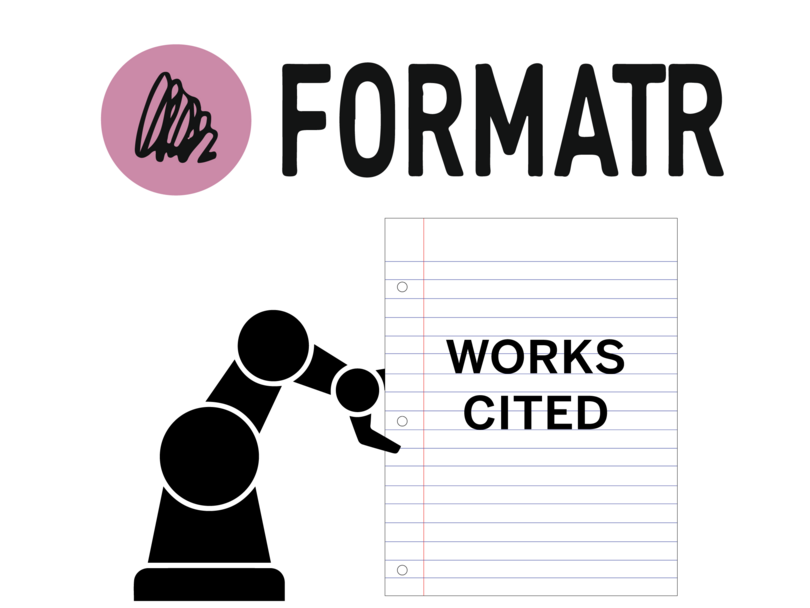Professor builds AI citation tool Formatr to fix works cited page mistakes

Syracuse University professor Kyle Griffith built an AI formatting tool, Formatr, to help students write works cited pages properly. Katie Crews | Design Editor
Get the latest Syracuse news delivered right to your inbox.
Subscribe to our newsletter here.
Although Dr. Kyle Griffith, an adjunct professor at Syracuse University’s Florence campus, has taught all around the world, he continues to see one constant flaw in students’ work: citations.
“I’ve taught in the U.S., U.K. and now in Italy. Everywhere I go I see the same story,” Griffith said. “Students really want to do well on their assignments, but struggle to grasp the purpose of academic citations.”
To help students, he created Formatr, an app that uses artificial intelligence to help users generate and format accurate citations.
Formatr, created in 2024, is entering an accelerating AI industry. Now more than ever, universities are grappling with how generative AI is impacting education. However, Griffith said Formatr isn’t a generative chatbot like ChatGPT, but more of a resource.
“ChatGPT is trying to do everything, which means it doesn’t always do citations very well,” Griffith said. “Formatr is more of a tool, just like spellcheck, something that’s designed for a specific job.”
Griffith said the app is similar to Grammarly, a popular AI writing tool, except Formatr operates as an “ecosystem,” allowing users to save citations across mobile and web apps.
“Grammarly doesn’t have a specialized ecosystem, and they’re a billion-dollar company,” Griffith said.
The cross-platform focus sets Formatr apart from other educational apps, Griffith said. Formatr also offers deadline reminders, assignment checklists, cloud storage and its own chatbot.
Griffith calls the bot a “last-minute check” before students submit an assignment.
Professor Adam Peruta, an expert in AI and emerging media at the Newhouse School of Public Communications, said Formatr’s ecosystem focus gives the app potential, but warns that mistakes can still be made.
“AI hallucinations are very common, and I’d be concerned about those small errors that are possible,” Peruta said. “The app fits the bill perfectly for eliminating small niche tasks that recent AI apps have been known to handle.”
Additionally, Griffith said the app could come in handy for professors putting together research papers. When researchers submit an article to a journal, there are certain formattings for the requirements. Sometimes it can get rejected up to seven or eight times if not properly formatted, Griffith said.
“That means you have a researcher sitting around changing the format countless times before approval,” Griffith said.
Orion Goodman, president of the student-led Cuse AI club and ambassador for AI company Anthropic, said the crowded AI space can make it hard for a niche product to break through.
“The majority of startup apps fizzle out, because people would rather use ChatGPT,” Goodman said. “Although, I could see Formatr being successful as long as it achieves 100% accuracy.”
Goodman also drew a line between stress relief and overdependence on AI, cautioning that the line isn’t always clear.
“Artificial intelligence is useful when it can eliminate repetitive tasks, allowing for more time on the creative side,” Goodman said. “The problem is when AI enters the creative side, and it gets harder to distinguish between human-made and artificially-made.
Goodman emphasized that a culture needs to form around human work being appreciated, rather than the promotion of artificially-made work.
For now, Formatr has been growing steadily. Griffith said the tool has drawn more than 1,300 followers across its social media accounts and started an early fundraising round to attract investors.
Looking ahead, Griffith said he hopes Formatr will give both students and researchers more time to focus on their ideas, rather than the busywork of formatting and citing.
“At the end of the day, you just want to write about what you’re trying to get across,” Griffith said. “Let the tool handle the rest.”






